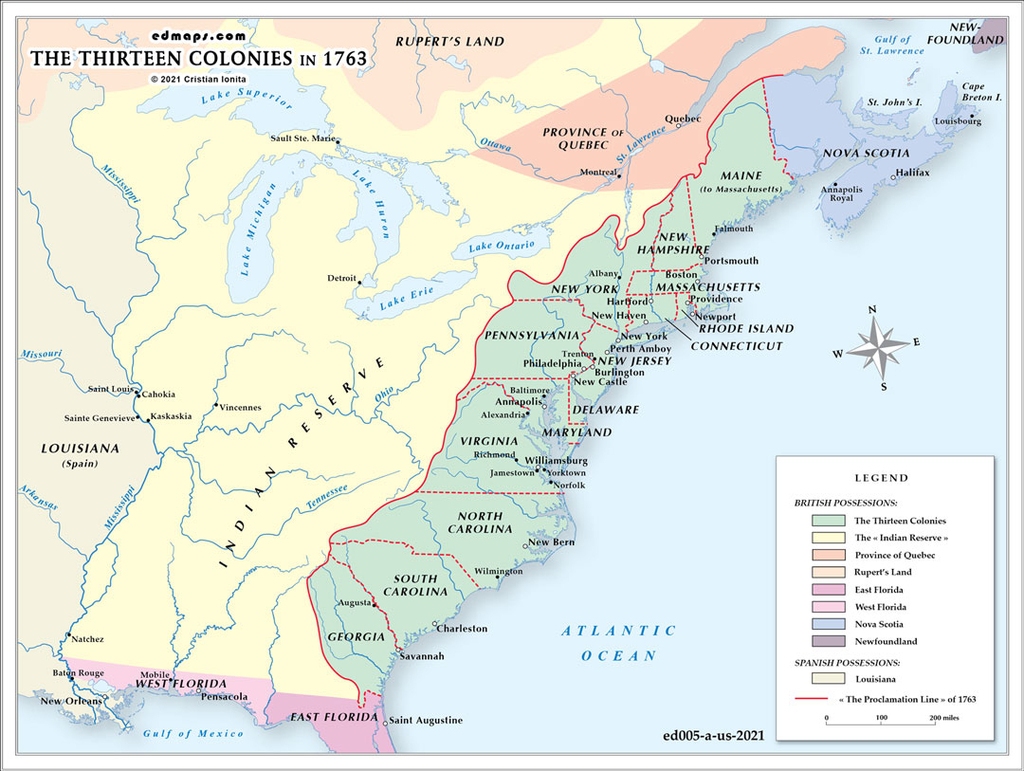

The French and Indian War (1754-1763) presented complex territorial challenges that fundamentally reshaped North American colonial boundaries and imperial control.
France and Britain maintained overlapping territorial assertions across vast North American regions. France claimed the entire Mississippi River valley through Louisiana, connecting to Canada via the Great Lakes and Ohio River systems. Britain's American colonies possessed sea-to-sea charter claims extending westward, creating direct conflict in the Ohio Valley. Spain controlled Florida and western territories, complicating the territorial equation.
The Ohio River valley became the war's primary territorial battleground. Virginia's Ohio Company and Pennsylvania traders competed with French fur traders and military posts. The French constructed Fort Duquesne at the strategic confluence of the Allegheny and Monongahela rivers (present-day Pittsburgh), directly challenging British colonial expansion. George Washington's failed mission to evict the French in 1754 demonstrated the territorial stakes involved.
Control of key geographic features determined territorial dominance. The French sought to maintain their arc of forts from Quebec to New Orleans, controlling major river systems and preventing British westward expansion. British strategy focused on capturing French strongholds like Fort Niagara, Fort Ticonderoga, and ultimately Quebec City to break French territorial connectivity.
Native American Territorial Rights
Indigenous nations, particularly the Iroquois Confederacy, held significant territorial power and played European powers against each other. Most tribes initially allied with France, viewing British colonial expansion as the greater territorial threat. Native American territorial control often determined military outcomes.
The Treaty of Paris (1763) awarded Britain all French territory east of the Mississippi River, fundamentally altering North American territorial balance. However, this massive territorial acquisition created new challenges: governing diverse populations, managing Native American relations, and controlling colonial westward expansion. The Royal Proclamation of 1763 attempted to address these challenges by restricting colonial settlement beyond the Appalachian Mountains, creating new tensions between imperial policy and colonial territorial ambitions.

Lorem ipsum dolor sit amet, consectetuer adipiscing elit. Aenean commodo ligula eget dolor. Lorem ipsum dolor sit amet.

Lorem ipsum dolor sit amet, consectetuer adipiscing elit. Aenean commodo ligula eget dolor. Lorem ipsum dolor sit amet.

Lorem ipsum dolor sit amet, consectetuer adipiscing elit. Aenean commodo ligula eget dolor. Lorem ipsum dolor sit amet.